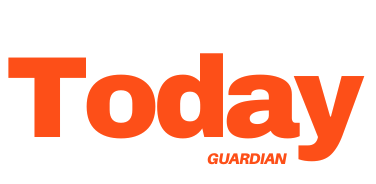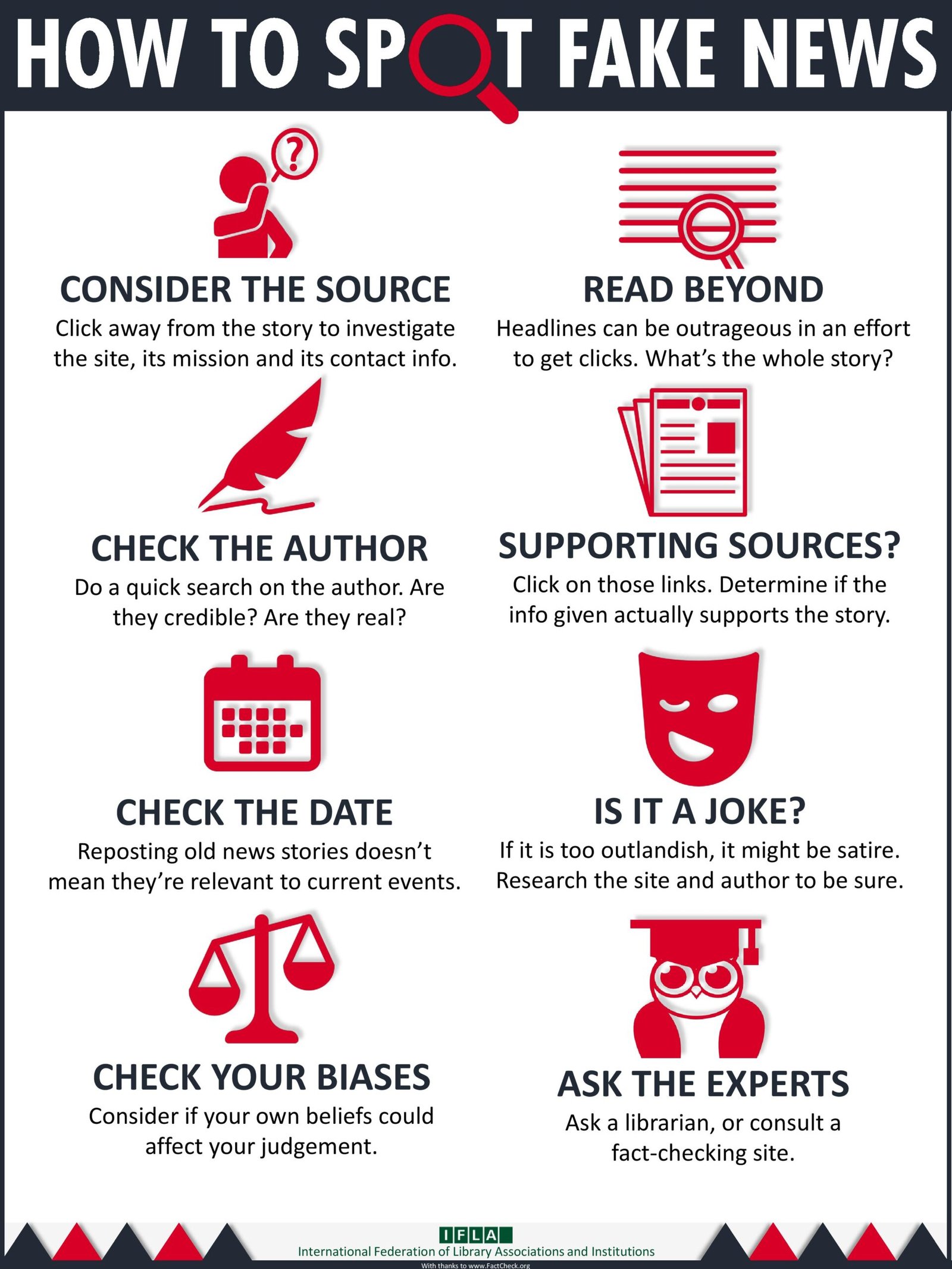In today’s information-saturated world, where to find unbiased news has become a major concern for readers seeking factual and objective reporting. The quest for unbiased news is more than just about reading headlines; it’s about ensuring that the news we consume is as factual, fair, and balanced as possible. Here’s a guide to understanding news bias and how to determine which sources are trustworthy.
What Are Some Criteria to Determine if a News Source Is Unbiased?
Several indicators can suggest a news source’s level of bias:
- Diverse Perspectives: Unbiased sources typically present multiple viewpoints, allowing readers to consider different perspectives.
- Factual Reporting: Reliable news sources prioritize factual reporting and back up their statements with evidence, avoiding emotional or sensational language.
- Transparent Sourcing: Unbiased sources clearly identify their sources of information, making it easy for readers to verify facts.
- Balanced Language: Neutral language and avoiding loaded or inflammatory words are hallmarks of an objective source.
Which News Sources Are Commonly Regarded as Having Minimal Bias?
Certain news outlets are generally recognized for their commitment to factual, balanced reporting. Publications like BBC, NPR, and Reuters are often considered to have minimal bias due to their rigorous editorial standards and commitment to accuracy. These organizations prioritize thorough research and provide context without pushing a particular agenda.
How Can One Cross-Reference Information from Multiple Sources to Assess Bias?
Cross-referencing is a crucial strategy in identifying bias. By reading the same story across multiple news sources, readers can compare how each source reports on the topic. This practice helps to highlight any discrepancies or slants in the narrative, allowing readers to form a more rounded understanding of the issue.
What Role Do Independent News Outlets Play in Providing Unbiased Information?
Independent news outlets often operate without the constraints of corporate sponsorship or political affiliation, which can allow them to offer a more unbiased perspective. Outlets like ProPublica and The Intercept are examples of independent organizations that focus on investigative journalism and strive to provide comprehensive, fact-based reporting.
How Can Media Bias Charts Help in Identifying Reliable News Sources?
Media bias charts, such as those from Ad Fontes Media or AllSides, visually categorize news outlets based on their political leanings and factual reliability. These charts can help readers quickly assess where a source falls on the bias spectrum and whether it is suitable for unbiased information.
Are Public-Funded News Organizations, Like BBC or NPR, Considered Less Biased?
Publicly funded news organizations like BBC and NPR are often seen as more reliable due to their funding model, which doesn’t rely on advertising revenue. This allows them to focus on quality journalism without catering to specific interests. However, no outlet is entirely free from bias, so it’s still essential to approach all sources with a critical eye.
What Are Some Red Flags to Look Out for When Evaluating a News Source’s Objectivity?
Signs of bias in a news source include:
- Overuse of Sensationalism: Emotional headlines and exaggerated language are indicators of bias.
- Lack of Transparency: Articles that don’t cite sources or provide vague details may lack credibility.
- One-Sided Reporting: Biased sources often emphasize one viewpoint without exploring opposing arguments.
How Can Social Media Algorithms Affect the Perception of News Bias?
Social media algorithms often prioritize content based on user preferences and engagement levels.
What Tools or Websites Are Available to Check the Bias and Reliability of a News Outlet?
Several resources are available to help readers verify the bias and credibility of news sources:
- AllSides: A tool that offers news coverage from different perspectives, labeling each source’s bias.
- Media Bias/Fact Check: A database that categorizes outlets based on their political bias and factual accuracy.
- NewsGuard: A browser extension that assesses the trustworthiness of various websites.
How Can One Distinguish Between Factual Reporting and Opinion Pieces in News Articles?
Factual reporting focuses on objective data and events, providing clear sources and a straightforward presentation of information. Opinion pieces, on the other hand, are usually labeled as such and involve analysis, commentary, or personal viewpoints. Recognizing these distinctions is essential in identifying bias and understanding the news objectively.
In conclusion, knowing where to find unbiased news is about taking a proactive approach to media consumption. By using the criteria outlined above, cross-referencing sources, and making use of bias-checking tools, readers can make more informed choices and stay better informed in today’s complex media landscape.



